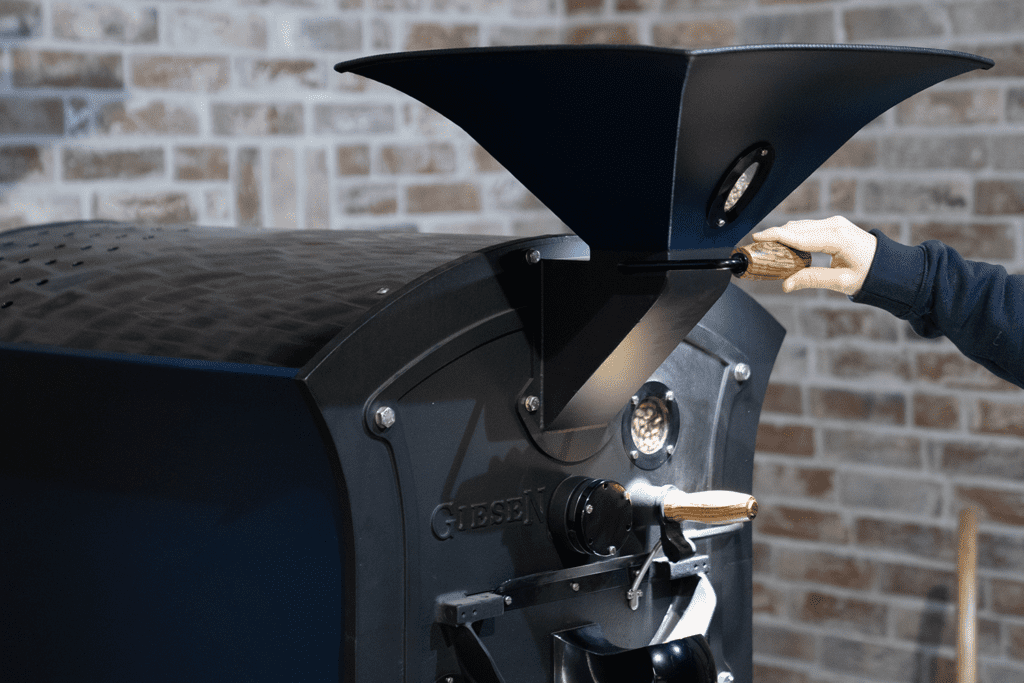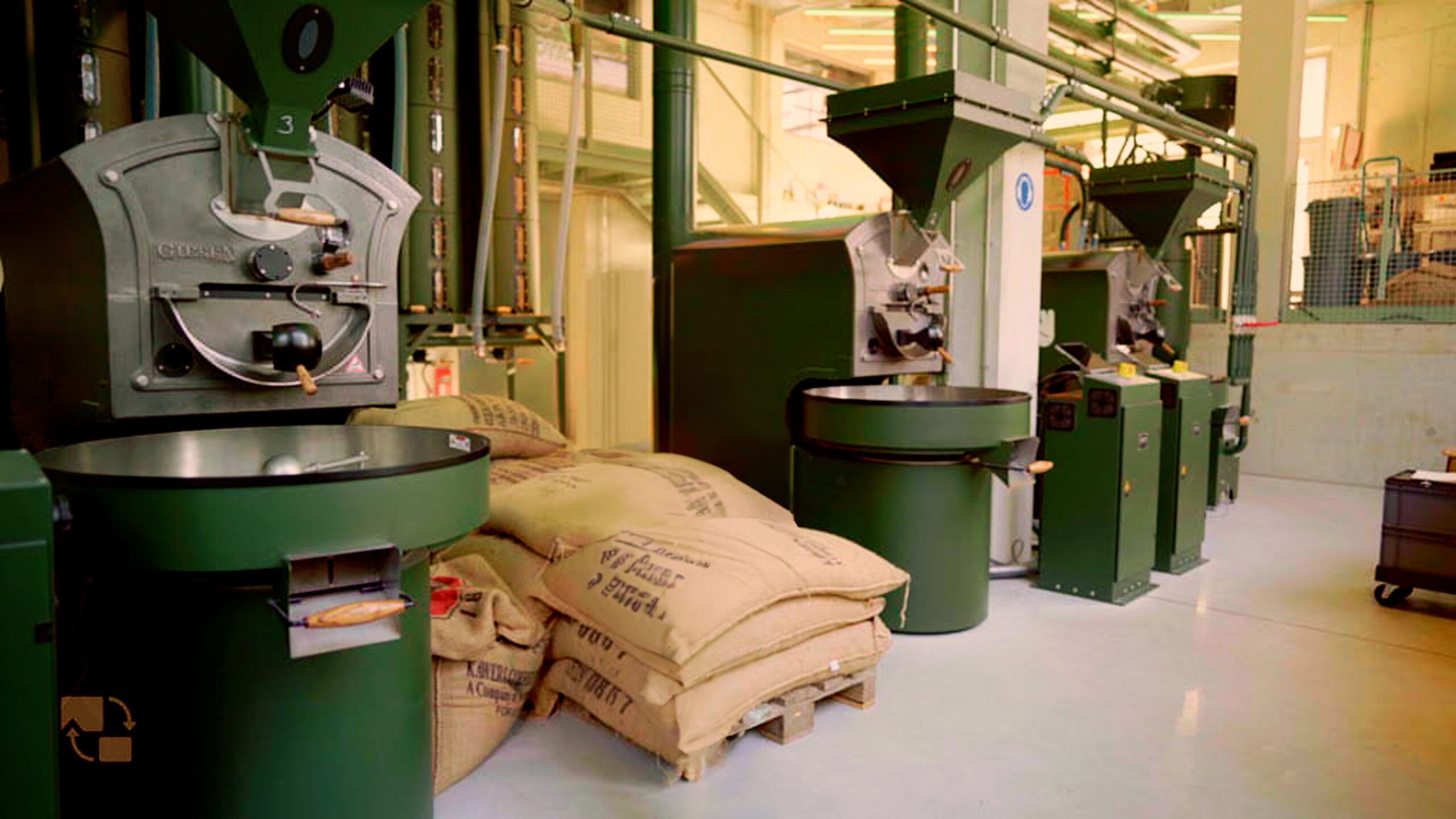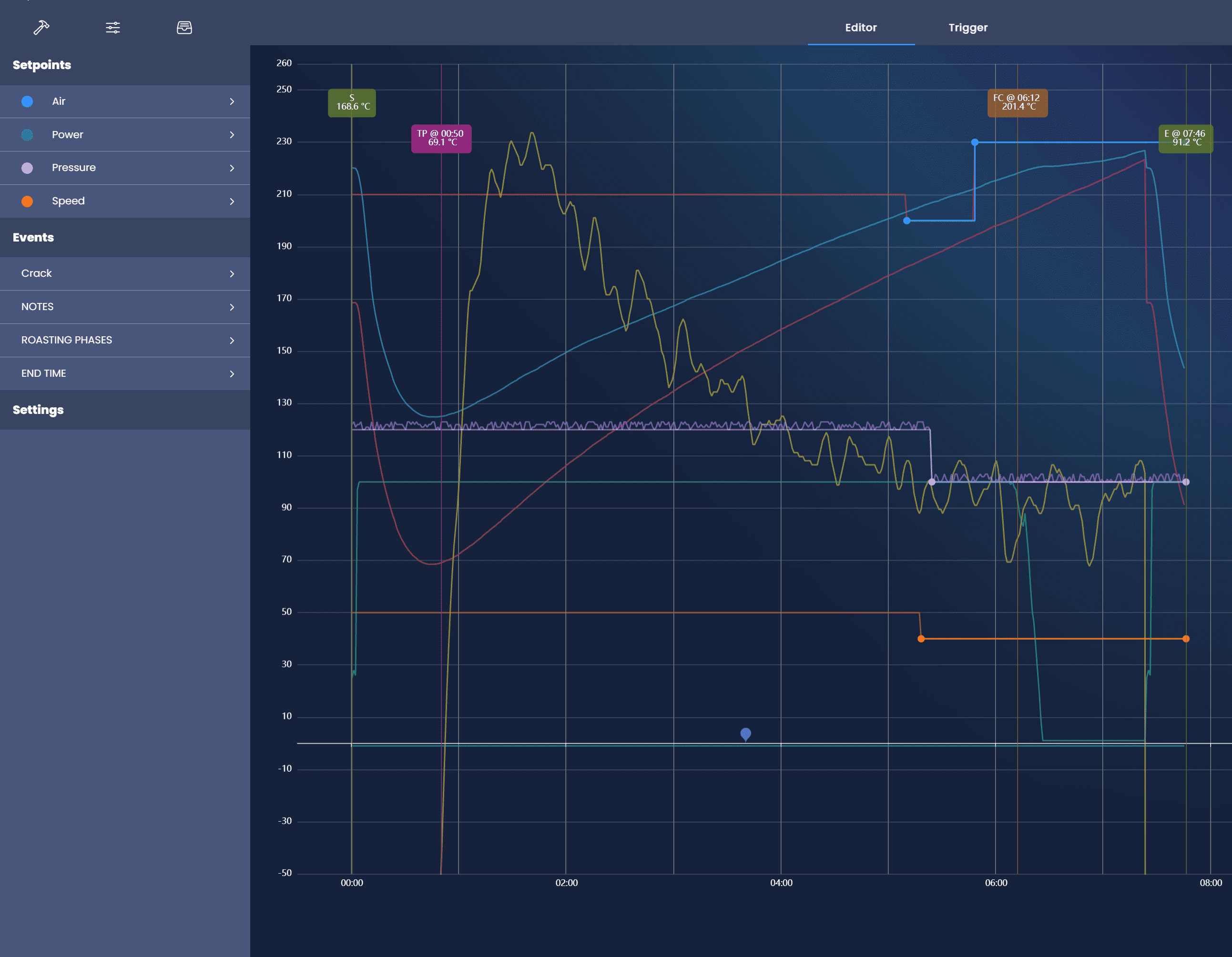The “Waves of Coffee” is a designation of different periods that indicate the development of coffee consumption. A total of 5 waves can be described, all of which have their own characteristic developments. In this article, we will tell you more about the differences and the most important developments that took place during the Waves of Coffee.
First wave of coffee – Drinking coffee out of habit / to refuel
The first wave of coffee took place in the twentieth century. It was the period when coffee developed into a product that was consumed in every household; it became a standard item. Coffee was transformed into a commodity and became suitable for mass consumption.
However, during this period, coffee was not yet prepared as carefully as how we do it today. Most coffee was brewed in bulk and instant coffee was widely used. The numbers were high, the quality was low.
Coffee was something functional; a hot drink, something to keep you awake. The pure flavors that can be extracted from coffee were not emphasized in the first wave of coffee.
Second wave of coffee – Coffee as a lifestyle / to enjoy
In the early 1990s, the second wave of coffee began. During this period, coffee became a lifestyle product. Think of the rise of chains like Starbucks, the infiltration of coffee shop culture into television series, and an overall rise in really enjoying quality coffee. Coffee transformed into a beverage consumed for pleasure and not necessarily to get your caffeine fix.
Particularly in the area of quality, a huge step was taken during this period. Cities like Seattle where Starbucks opened its first branch are the founders of this movement. The overall demand for espresso-based beverages grew. The coffee shop was described as ‘the third place’; the place besides home (place 1) and work (place 2) where you spend a lot of time.

Third wave of coffee – Appreciating the craftsmanship / to love
Now we are slowly beginning to creep towards the period we are in now. In the mid-2000s, the third wave of coffee began. One of the features was that the craftsmanship behind coffee roasting was really discovered and embraced during this period. There was a move away from branded coffee chains and a focus on micro-roasting and the culinary appreciation of coffee.
Slowly, more and more micro roasting companies emerged that wanted to control the coffee process from start to finish; from sourcing green beans to roasting and finally brewing coffee. They went back to the roots of manual coffee roasting, but now with the knowledge and information that was not available at the time.
There was also more focus on transparency. The knowledge of coffee among ‘ordinary’ consumers is increasing and the salesperson also has to keep up. Where does my coffee come from? Did the coffee farmer get a fair price for his coffee? Is my coffee single-origin and not a blend with inferior Robusta beans? These are all questions that weren’t asked before, but which a consumer now wants answers to.
Fourth wave of coffee – Exploring the science / to analyze
During the fourth wave of coffee, the foundations in specialty coffee that had been laid during the third wave were further explored. More and more scientific methods and principles became involved in the coffee process. The process of brewing coffee has become increasingly precise and accurate; values are weighed, measured and analyzed in order to achieve a result that is as consistent as possible.
The aim during this period is to understand and deepen underlying characteristics that the coffee process entails. This goes even further than just coffee; it also involves the characteristics and properties of the chemical composition of the water.
How do we see it? To a large extent, we are still in this wave. There is still a tremendous amount to discover in the coffee world and we are far from being done learning. Coffee is a fascinating product that has endless variations; the planting, feeding, growing, picking, removing the pulp, drying, roasting, cupping, brewing, and so on. There is still an enormous amount to discover.
Conclusion
This is our explanation of the different waves in coffee. Of course, there is room for discussion about which development belongs to which wave, but this is our perception of the whole story. Do you have any questions or comments? We’d love to hear about it! React in the comments below this blog.




